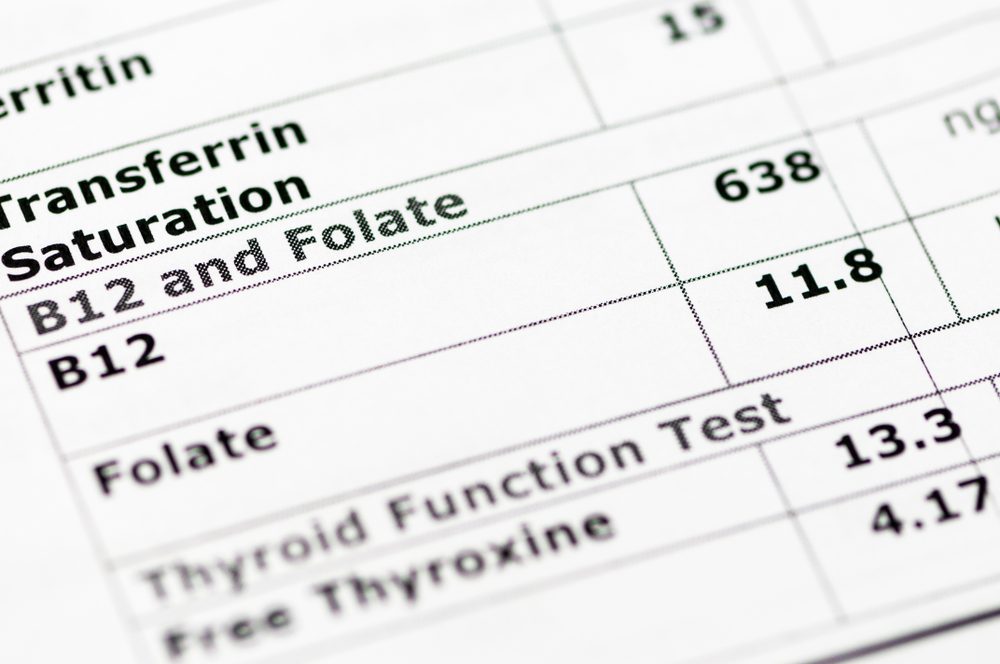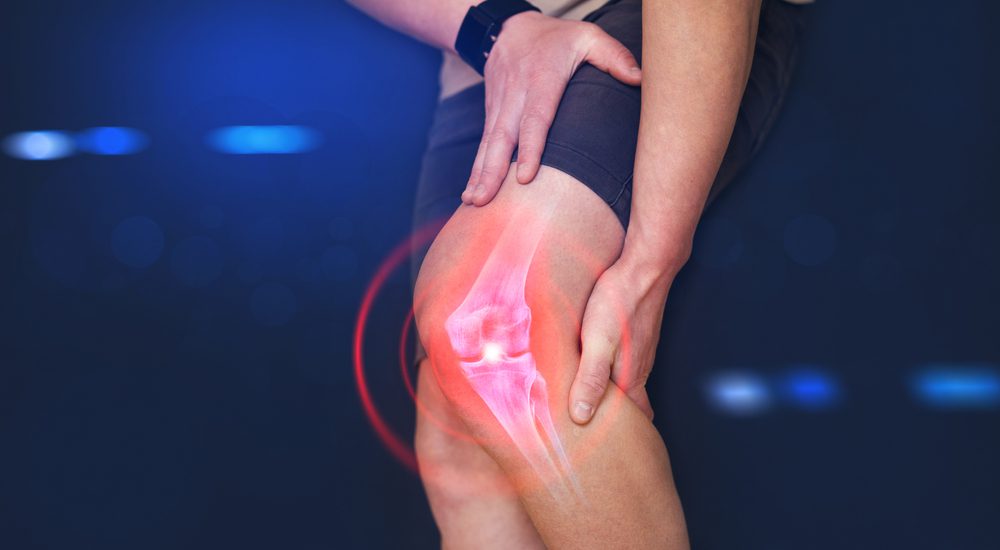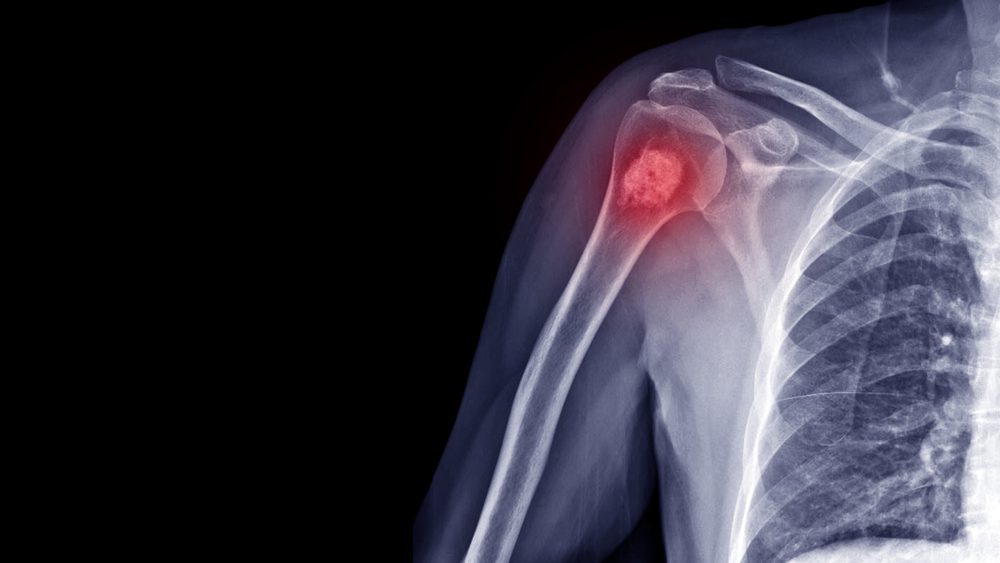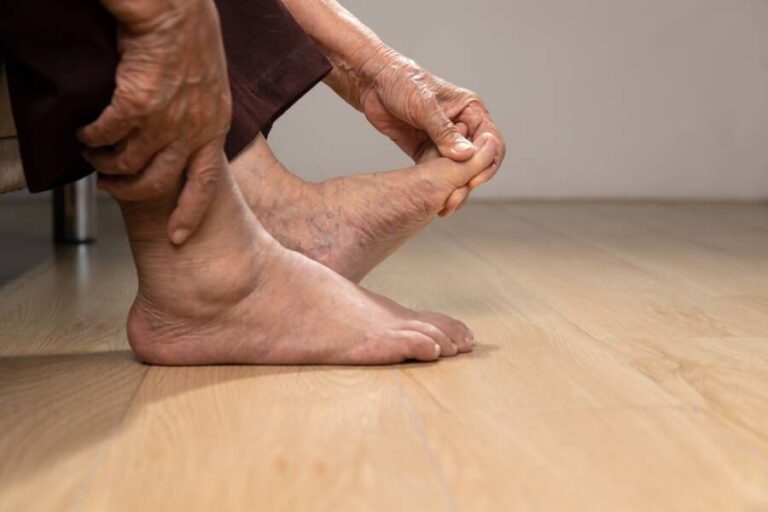
Pale skin
Yellow or pale skin, called jaundice, could result from vitamin B12 deficiency in older adults. Jaundice develops when a person’s body cannot produce enough red blood cells. Red blood cells circulating under the skin are what provide it with its standard color.
Without enough of these cells, the skin can end up looking pale. Vitamin B12 plays a massive role in the production of red blood cells. An absence of vitamin B12 can cause a deficiency of red blood cells, or megaloblastic anemia, associated with jaundice.
This kind of anemia can also weaken the red blood cells, which the body breaks down much faster. When the liver breaks down your red blood cells, it discharges bilirubin, a brownish substance that gives the skin the yellowish tone characteristic of jaundice.
Vomiting, nausea, and diarrhea
Vitamin B12 deficiency can also greatly affect your digestive tract. A lack of red blood cells in your system means that there’s insufficient oxygen reaching your belly. Poor oxygen in this area can lead to an individual feeling sick. It could also ultimately lead to diarrhea.

























